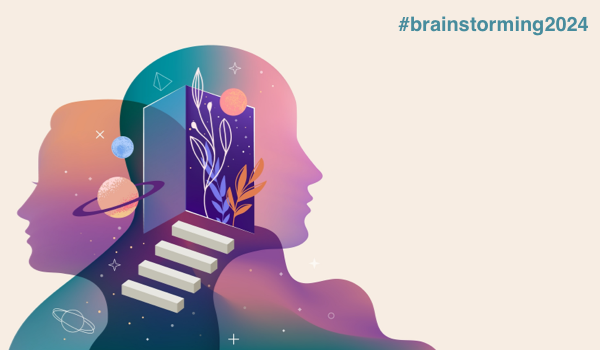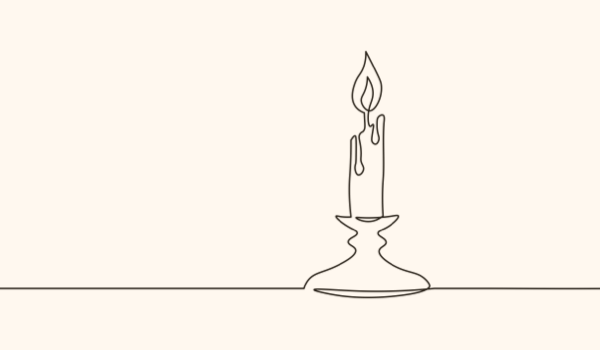


PORT HARCOURT, NIGERIA - Two questions have been ever more often on this author’s mind lately: Have people completely traded campfire gatherings for the comment section? Also, why is so much loud vitriol and toxicity rampant online?
A fundamental aspect of the human experience has always been social connection. Psychologist Sherry Turkle - author of Alone Together - has long studied the conflict between connection and isolation. Ongoing social media crises and the advanced algorithms of social media platforms have now given rise to a new concern - the stealthy infiltration of seclusion.
Unlike the outlaw banished from the tribe in primitive societies, today's isolation is far more insidious. It has many sources - one of which is the AI algorithm ostensibly designed to personalize online experiences but which also manipulates users and traps them in bubbles of seclusion, bombarding them with information that reinforces their existing beliefs and renders them unwilling to listen to alternate perspectives.
As social psychologist Jonathan Haidt - author of The Coddling of the American Mind - warns, AI systems block exposure to different points of view and inhibit the intellectual friction that fosters social connection and personal development. Social media feeds have evolved into meticulously controlled caverns without users’ consent, isolating persons from connections that once encouraged intellectual and social devotion.
This raises the curious question: In this paradoxically hyperconnected age, is the world actually witnessing a new isolation, driven by algorithms that promise connection but instead create a carefully thought-out echo chamber of loneliness?
The overarching subject of this publication is how artificial intelligence (AI) molds online personas and customizes experiences - and not just via content filtering, cocoons of isolation, and confirmation bias, but also how AI-dri
The content herein is subject to copyright by The Yuan. All rights reserved. The content of the services is owned or licensed to The Yuan. Such content from The Yuan may be shared and reprinted but must clearly identify The Yuan as its original source. Content from a third-party copyright holder identified in the copyright notice contained in such third party’s content appearing in The Yuan must likewise be clearly labeled as such. Continue with Linkedin
Continue with Linkedin
 Continue with Google
Continue with Google







 1186 views
1186 views










